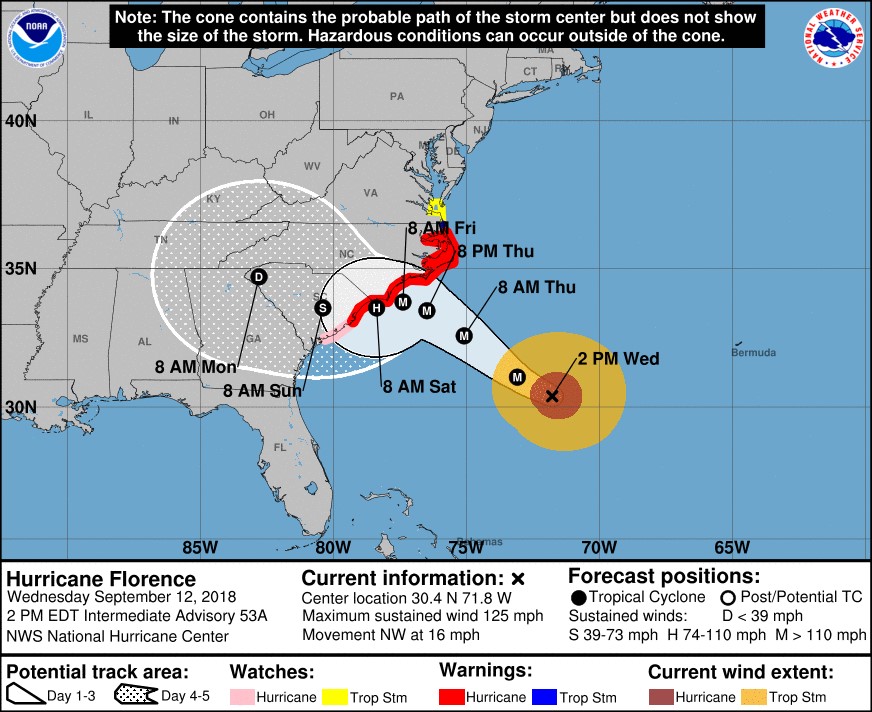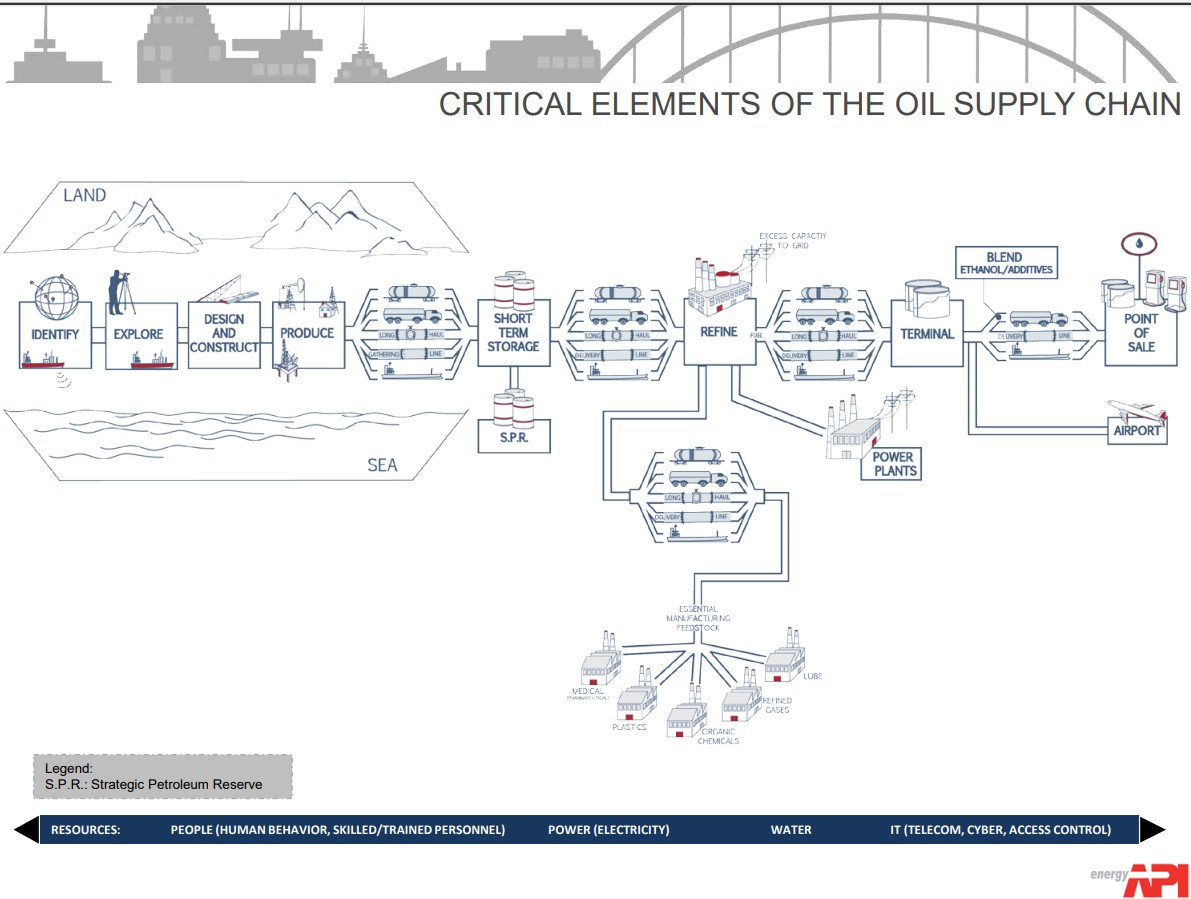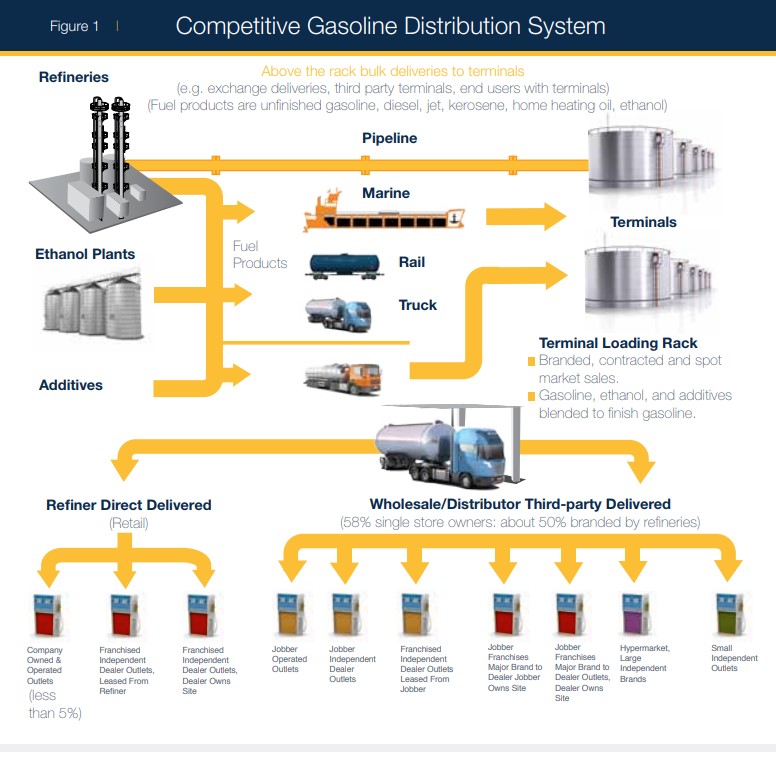As Hurricane Florence Approaches
September 13, 2018
As officials at the National Hurricane Center monitor the projected path of Florence (below, as of Wednesday afternoon), here are a few things to know about industry’s preparations and the critically important fuel supply chain:

First, industry’s focus – as with all impactful storms – is safety and keeping the market well-supplied, including storm-affected areas. The nation’s fuel supply system is large, geographically diverse and adaptable – and in the past has responded to minimize disruptions. Here’s the fuel supply chain that results in the fuels consumers use:

It starts with finding and producing crude oil, which is refined into gasoline, diesel and other fuels. Most refined gasoline is transported by pipeline to fuel terminals, located closer to transportation hubs. Before it goes to retail outlets, fuel must be blended with ethanol and additives. Blending occurs at the terminal, and then the finished gasoline is loaded onto a tanker truck.

Nationally, 97 percent of existing gasoline stations are independently owned. About 50 percent of all stations are branded under a refiner’s brand, and about 60 percent of all gasoline stations are owned by a single store owner. The major oil companies don’t own or manage the product in the tanks at these independent retail locations. Retail outlet owners decide pump prices at their stores, and historically this has been closely linked to the prices they pay at the terminal that was supplied by the refinery. Again, supply and demand is the key factor at each level of the distribution chain.
Now, a few key points as Florence approaches the East Coast:
- Nationally, crude oil inventories for refining into consumer products are relatively high.
- Industry and state and federal governments are working together to meet energy needs.
- Energy companies are monitoring storm developments to know where supplies may be needed.
- Some companies have planned to bring gasoline and diesel supplies from surrounding states where necessary. Fuel terminals are working around the clock to dispense supplies to service stations, even those much further away than those they would regularly supply.
- So far, North Carolina, South Carolina and Virginia and EPA have provided temporary regulatory waivers that will help facilitate transportation needs and allow fuel to be moved from other areas to those states, depending on the storm’s effects.
Below, links for official emergency information in states along Florence’s projected path:
For additional information, see API’s hurricane resources and information site.
See original post at EnergyTomorrow.org.
Give Us Your Thoughts







